The Subtle Beauty Of White Hydrangeas
The subtle beauty of white hydrangeas is often overlooked. While their colorful counterparts may grab all the attention, white hydrangeas offer a unique and understated charm that is sure to add elegance to any garden.
In this blog post, we will explore the beauty of white hydrangeas in more detail. We will discuss the different types of white hydrangeas, their care requirements, and how to best use them in your garden. We will also share some tips for keeping your white hydrangeas looking their best.
Types of White Hydrangeas
There are many different types of white hydrangeas available, each with its own unique characteristics. Some of the most popular types include:
- Aspera: This type of hydrangea has large, lacecap blooms that are white with a touch of green. It is a hardy plant that is tolerant of a wide range of conditions.
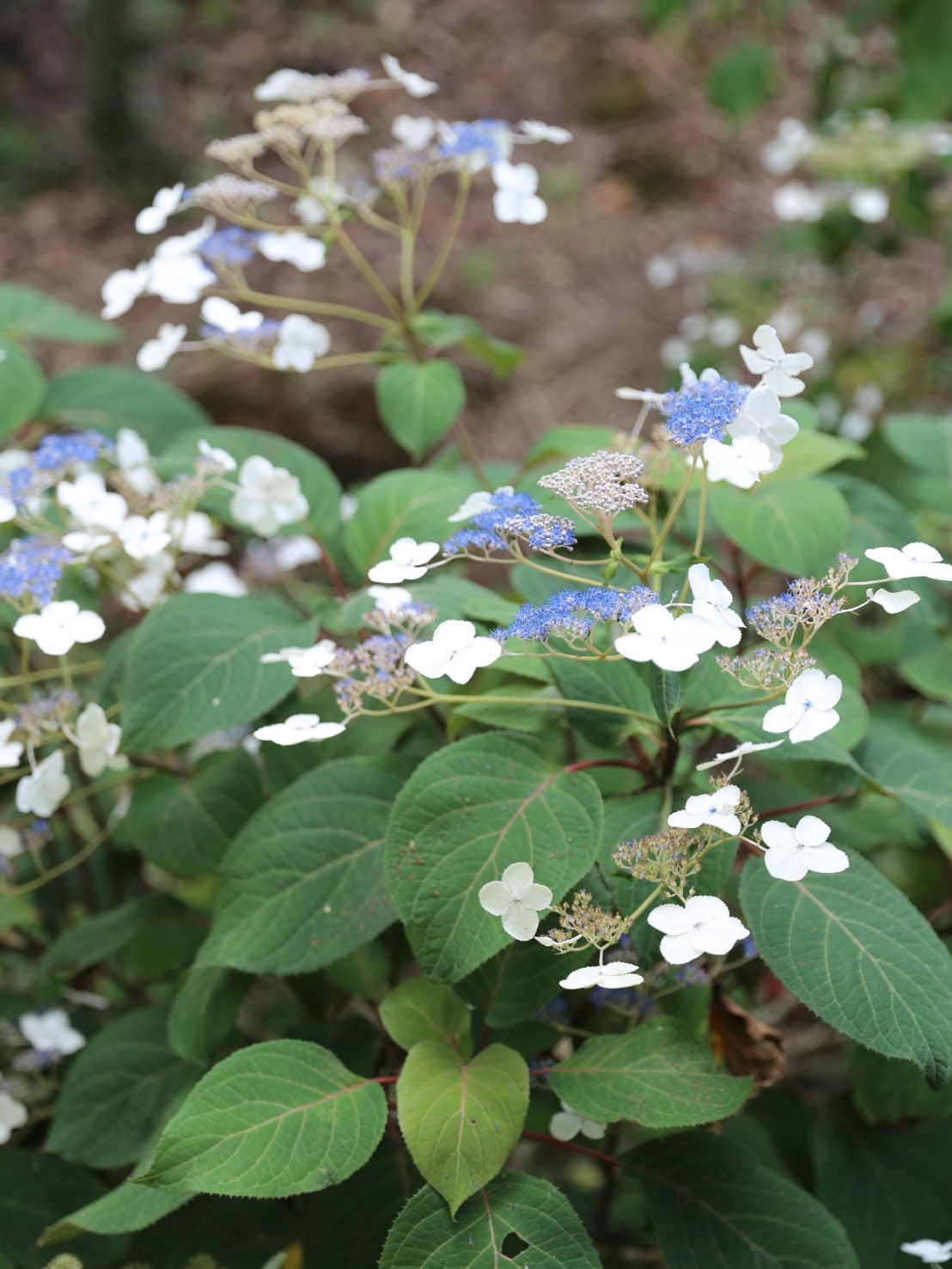
- Incrediball: This type of hydrangea produces large, round blooms that are pure white. It is a vigorous grower that is perfect for adding a dramatic touch to your garden.

- Limelight: This type of hydrangea has large, cone-shaped blooms that start out white and then gradually turn pink as the season progresses. It is a relatively new variety that is quickly becoming a favorite among gardeners.
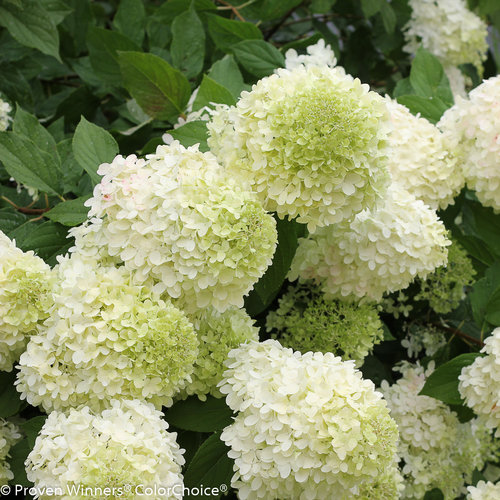
- Little Lime: This type of hydrangea is a dwarf variety that only grows to about 3 feet tall. It produces small, lime-green blooms that are perfect for adding a touch of elegance to small gardens or containers.
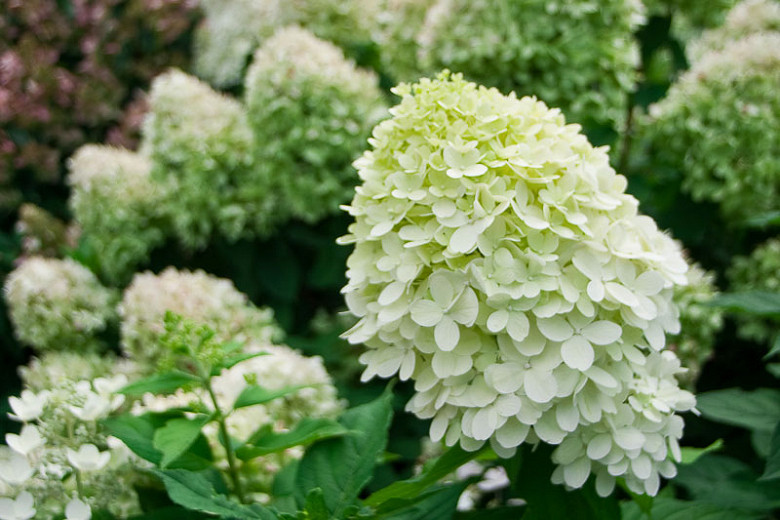
- PeeGee: This type of hydrangea has large, lacecap blooms that are white with a touch of pink. It is a hardy plant that is tolerant of a wide range of conditions.

Caring for White Hydrangeas
White hydrangeas are relatively easy to care for. They prefer full sun to partial shade and moist, well-drained soil. They are not very drought tolerant, so it is important to water them regularly during the summer months.
To encourage large, beautiful blooms, it is important to fertilize white hydrangeas in the spring. Use a fertilizer that is high in phosphorus and potassium. You can also add compost or manure to the soil around your hydrangeas to help improve drainage and nutrient levels.
Using White Hydrangeas in Your Garden
White hydrangeas can be used in a variety of ways in your garden. They can be planted in borders, as specimen plants, or in mass plantings. They are also a popular choice for cut flowers.
If you are looking for a way to add a touch of elegance to your garden, white hydrangeas are a perfect choice. They are beautiful, easy to care for, and versatile. With so many different types to choose from, you are sure to find the perfect white hydrangea for your garden.
Tips for Keeping Your White Hydrangeas Looking Their Best
- Prune your hydrangeas in the spring. This will help to encourage new growth and large blooms.
- Water your hydrangeas regularly, especially during the summer months.
- Fertilize your hydrangeas in the spring with a fertilizer that is high in phosphorus and potassium.
- Mulch around your hydrangeas to help retain moisture and suppress weeds.
- Deadhead spent blooms to encourage new growth.
- Protect your hydrangeas from winter damage by covering them with a burlap sack or other protective material.
By following these tips, you can enjoy beautiful white hydrangeas for many years to come.
White hydrangeas are a beautiful and elegant addition to any garden. Their large, fluffy blooms can add a touch of sophistication to any landscape. If you're thinking about adding white hydrangeas to your own garden, I encourage you to visit . This website has a wealth of information about white hydrangeas, including:
- Different types of white hydrangeas
- How to care for white hydrangeas
- Where to plant white hydrangeas
- How to propagate white hydrangeas
- And more!
The website also has a beautiful gallery of white hydrangea photos, so you can get inspiration for your own garden. I highly recommend checking it out if you're interested in learning more about white hydrangeas.
FAQ of white hydrangea
- What is the most common white hydrangea?
The most common white hydrangea is Annabelle. It is a large, deciduous shrub that blooms in late spring to early summer. Annabelle hydrangeas are known for their large, round clusters of white flowers. They are easy to care for and can tolerate a variety of soil conditions.
- What are the different types of white hydrangeas?
There are many different types of white hydrangeas, each with its own unique characteristics. Some of the most popular types include:
- Annabelle: As mentioned above, Annabelle is the most common white hydrangea. It is a large, deciduous shrub that blooms in late spring to early summer.
- Limelight: Limelight is another popular white hydrangea. It is a smaller shrub than Annabelle and has a more upright growth habit. The flowers of Limelight start out white and then turn pink as they mature.
- Endless Summer: Endless Summer is a unique white hydrangea that can bloom multiple times throughout the summer. The flowers of Endless Summer can be white, pink, or blue, depending on the acidity of the soil.
- Snow Queen: Snow Queen is a compact white hydrangea that is perfect for small gardens. The flowers of Snow Queen are smaller than those of other white hydrangeas, but they are just as beautiful.
- How do I care for a white hydrangea?
White hydrangeas are relatively easy to care for. They need full sun to partial shade and well-drained soil. They should be watered regularly, especially during hot, dry weather. White hydrangeas can be fertilized in the spring with a balanced fertilizer.
- How do I get my white hydrangea to bloom?
White hydrangeas need a cold winter to bloom. If you live in a warm climate, you may need to bring your hydrangea indoors for the winter. White hydrangeas also need adequate sunlight to bloom. If your hydrangea is not getting enough sunlight, it may not bloom.
- How do I change the color of my white hydrangea?
The color of a white hydrangea can be changed by adjusting the acidity of the soil. If you want your hydrangea to bloom blue, you need to make the soil more acidic. You can do this by adding peat moss or sulfur to the soil. If you want your hydrangea to bloom pink, you need to make the soil more alkaline. You can do this by adding lime to the soil.

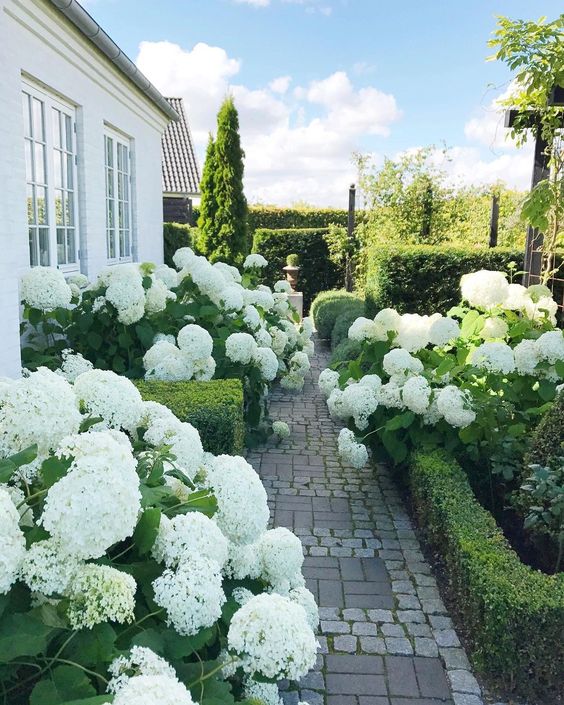

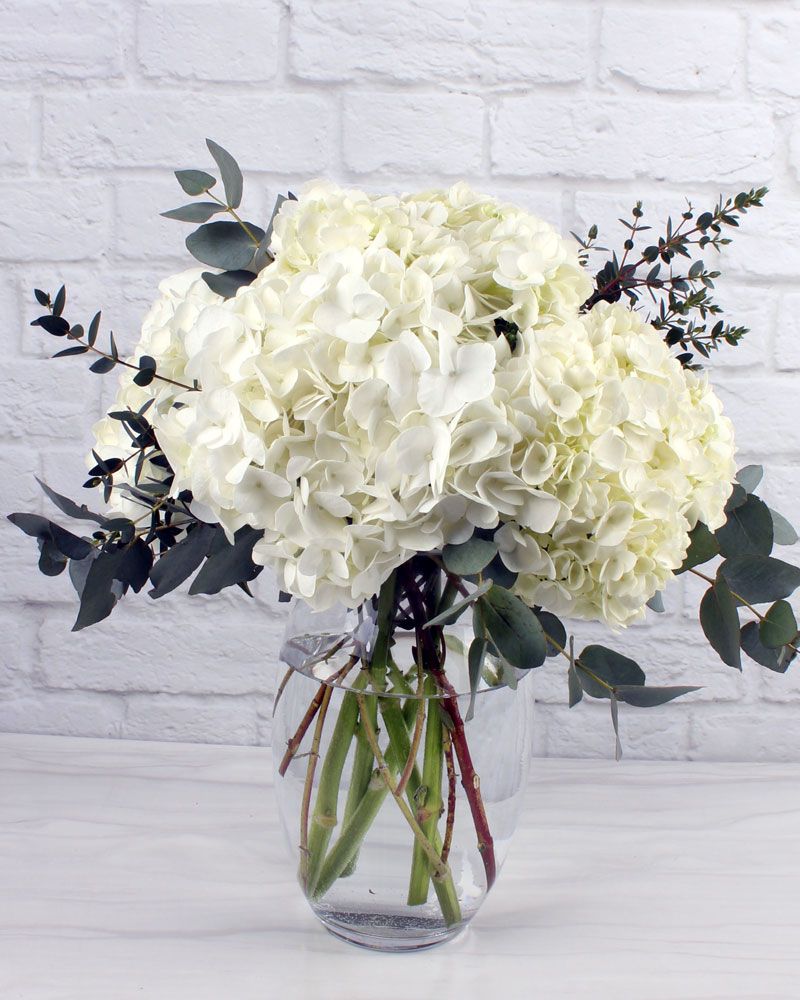

Post a Comment for "The Subtle Beauty Of White Hydrangeas"